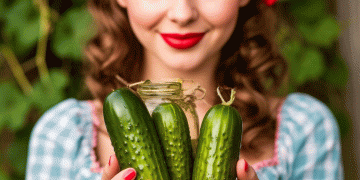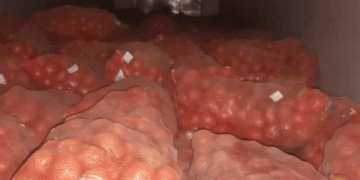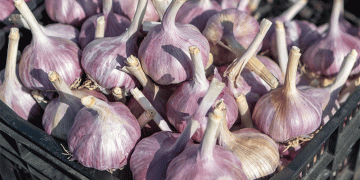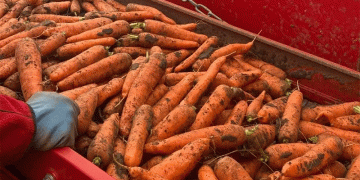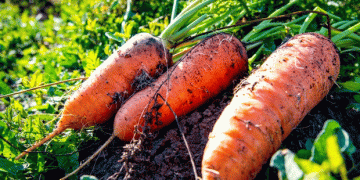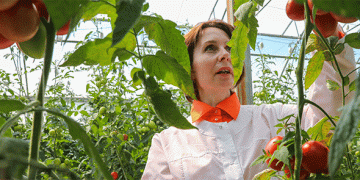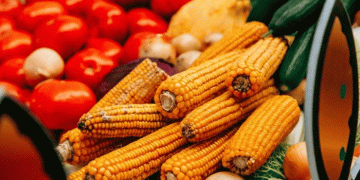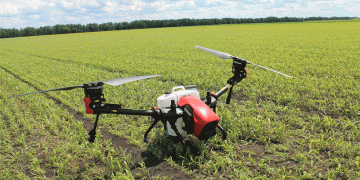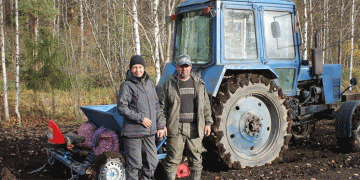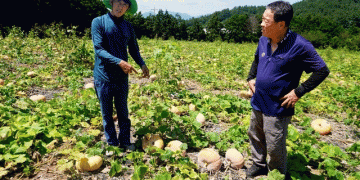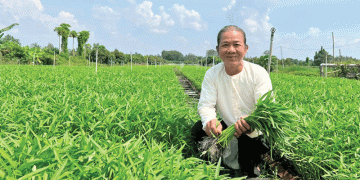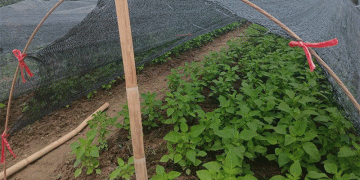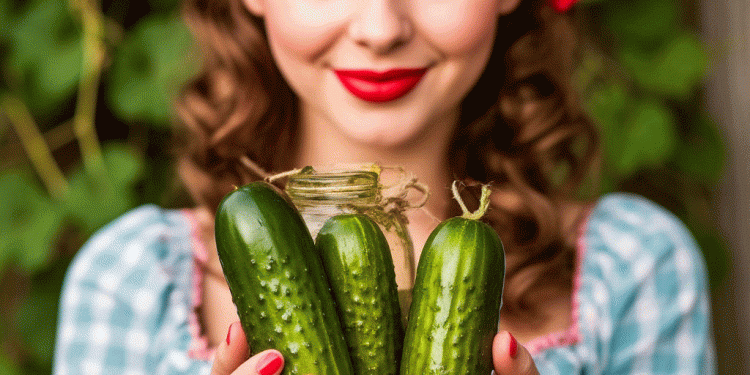Fermentation is one of the oldest food preservation methods, and it’s experiencing a resurgence—not just for its unique flavors but also for its health benefits. Unlike vinegar pickling, which relies on adding acid, true fermentation produces acid naturally through the action of beneficial bacteria present on vegetables. This process, known as lactic acid fermentation, not only preserves food but also enhances its nutritional profile by promoting probiotic bacteria that support gut health.
Safety of Fermented Vegetables: What Research Says
A common concern is whether fermented foods are safe, given that they are left at room temperature. However, microbiologist Dr. Carla Schwan from the University of Georgia’s National Center for Food Safety confirms that properly fermented vegetables are safe. The key lies in creating conditions where lactic acid bacteria (LAB) outcompete harmful microbes. Studies show that once the pH drops below 4.6—thanks to lactic acid production—pathogens like Clostridium botulinum cannot survive (FDA, 2021).
Best Practices for Successful Fermentation
- Prepare Vegetables Correctly
- Remove residues (e.g., cucumber spines, flower ends) to prevent unwanted microbial growth.
- Salt Concentration Matters
- A 2–2.5% salt ratio (by vegetable weight) inhibits harmful bacteria while favoring LAB (Xiong et al., 2019).
- Avoid Iodized Salt
- Iodine can disrupt bacterial activity.
- Keep Vegetables Submerged
- Anaerobic conditions prevent mold; use weights or brine-filled bags as lids.
- Allow Gas Release
- Fermentation produces CO₂—sealed containers can explode.
The Microbial Process: How Fermentation Works
- Stage 1: Bacteria like Leuconostoc begin breaking down sugars, producing acid and CO₂, suppressing harmful microbes.
- Stage 2: Lactobacillus species (e.g., L. plantarum) dominate, further acidifying the environment (pH <4.6).
- Result: A stable, safe product with enhanced probiotics.
Common Mistakes & Fixes
- Mold Growth: Remove immediately to avoid mycotoxins.
- Timing: Ferment for 2–6 weeks at room temperature; semi-fermented (“half-sour”) products require refrigeration.
- Adding Vinegar: A small amount can help suppress pathogens early on, especially in warm climates.
Lactic acid fermentation is a safe, scientifically validated method that transforms vegetables into nutrient-rich, probiotic foods. By following expert guidelines—proper salt levels, anaerobic conditions, and hygiene—farmers, agronomists, and home fermenters can harness this ancient technique with confidence. As Dr. Schwan notes, “There are no known cases of foodborne illness from properly fermented vegetables.”
